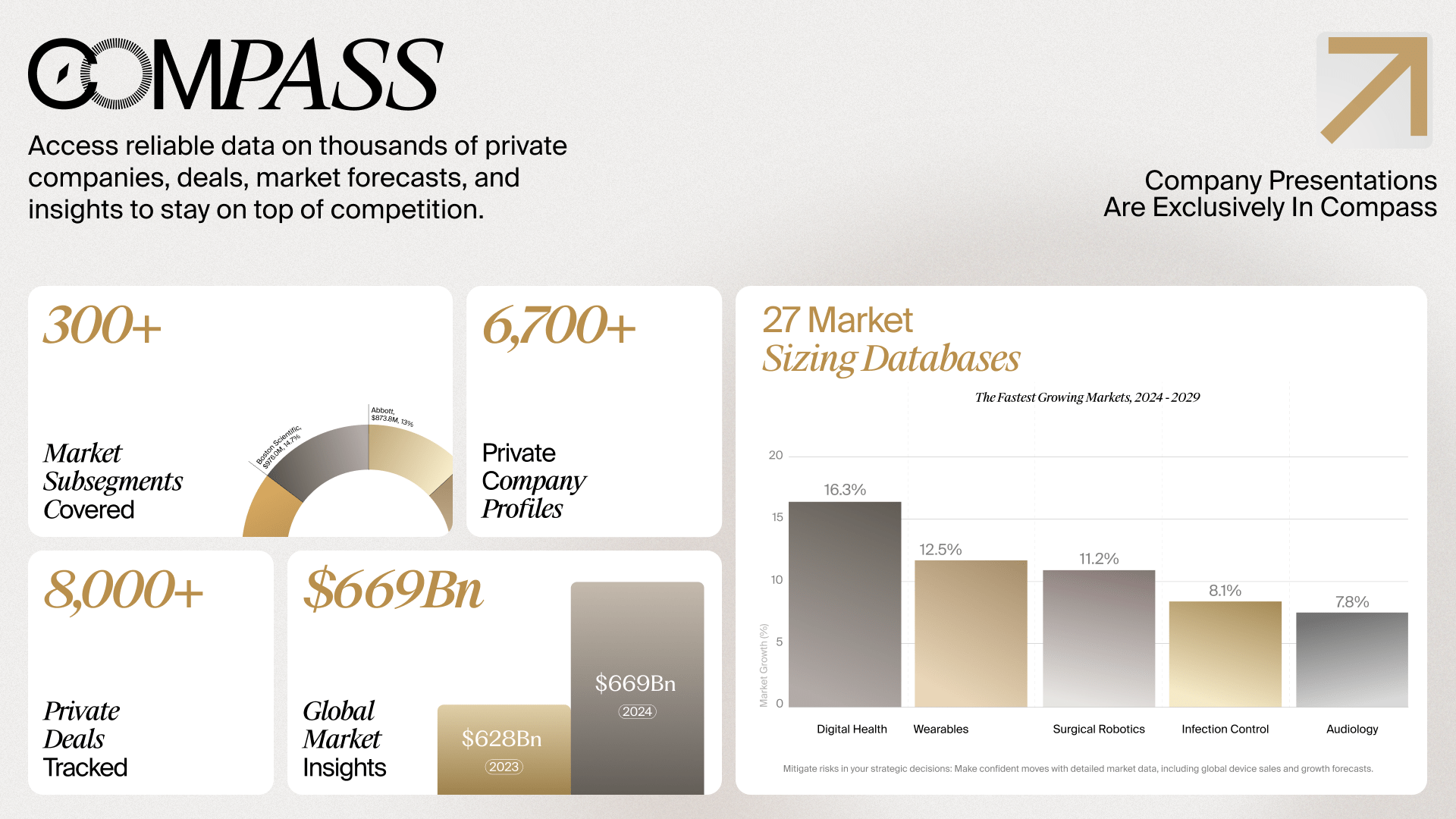- Video Library
- Delphinus Medical Technologies | Mark Forchette, CEO
Delphinus Medical Technologies | Mark Forchette, CEO

Mark Forchette
As President & CEO of Delphinus Medical Technologies, Mark leads a team that has created the SoftVue 3D Whole Breast Ultrasound Tomography System for use in the screening of asymptomatic women with dense breast tissue as an adjunct to digital mammography. SoftVue is a a safe (non-ionizing), comfortable (non-compressing), and reliable (operator independent) patented technology that enhances dense breast screening and identifies more cancers with greater accuracy and potentially fewer biopsies than full field digital mammography alone. Delphinus is a privately held medical technology company headquartered in Novi, Michigan and was founded in 2010 as a spin-off of the Barbara Ann Karmanos Cancer Institute (KCI).
Prior to joining Delphinus, Mark was president and chief executive officer of OptiMedica Corporation, an ophthalmic medical device company. He led the start-up venture through development and growth, successfully completed multiple rounds of financing, and oversaw the company’s acquisition by Abbott Laboratories in 2013. He began his career in the medical technology industry as a sales representative at Grieshaber and Company, Inc., where he ultimately became vice president of U.S. sales and marketing and led the company through its acquisition by Alcon. During his tenure at Alcon, he steered the tactical integration of Grieshaber and advanced to Vice President of Global Marketing and Vitreoretinal Sales.
Mark has a bachelor’s degree in marketing from Auburn University and completed the Harvard Program for Management Development. He serves as a director on the Auburn University Foundation and is on the Dean’s Advisory Board of the Harbert College of Business at Auburn.
Mark Forchette
As President & CEO of Delphinus Medical Technologies, Mark leads a team that has created the SoftVue 3D Whole Breast Ultrasound Tomography System for use in the screening of asymptomatic women with dense breast tissue as an adjunct to digital mammography. SoftVue is a a safe (non-ionizing), comfortable (non-compressing), and reliable (operator independent) patented technology that enhances dense breast screening and identifies more cancers with greater accuracy and potentially fewer biopsies than full field digital mammography alone. Delphinus is a privately held medical technology company headquartered in Novi, Michigan and was founded in 2010 as a spin-off of the Barbara Ann Karmanos Cancer Institute (KCI).
Prior to joining Delphinus, Mark was president and chief executive officer of OptiMedica Corporation, an ophthalmic medical device company. He led the start-up venture through development and growth, successfully completed multiple rounds of financing, and oversaw the company’s acquisition by Abbott Laboratories in 2013. He began his career in the medical technology industry as a sales representative at Grieshaber and Company, Inc., where he ultimately became vice president of U.S. sales and marketing and led the company through its acquisition by Alcon. During his tenure at Alcon, he steered the tactical integration of Grieshaber and advanced to Vice President of Global Marketing and Vitreoretinal Sales.
Mark has a bachelor’s degree in marketing from Auburn University and completed the Harvard Program for Management Development. He serves as a director on the Auburn University Foundation and is on the Dean’s Advisory Board of the Harbert College of Business at Auburn.

17011 Beach Blvd, Suite 500 Huntington Beach, CA 92647
714-847-3540© 2025 Life Science Intelligence, Inc., All Rights Reserved. | Privacy Policy







